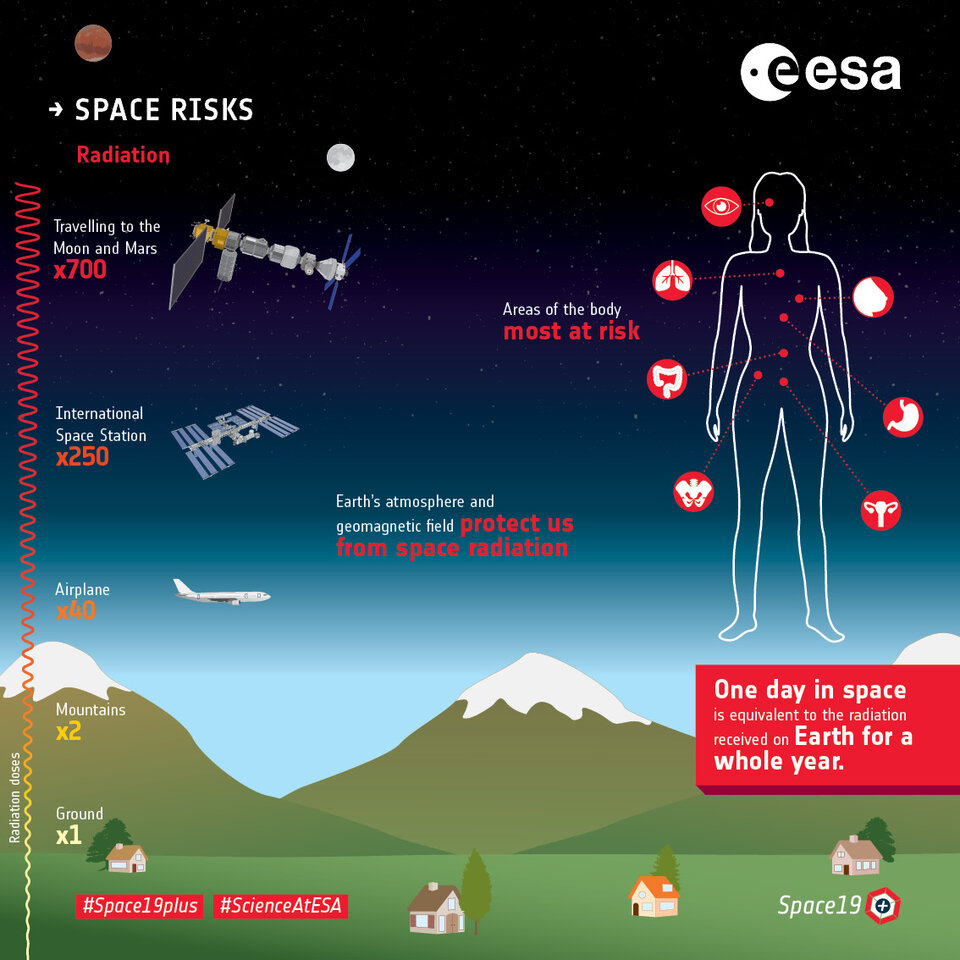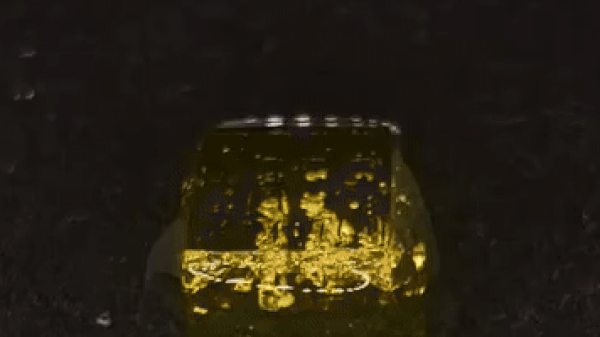Spend a single day outside our planet’s protective atmosphere and magnetic field, and you could be exposed to radiation levels equivalent to what you’d experience across a whole year back on Earth.
It’s a risk astronauts face, and especially so during long trips. As such, finding methods to combat radiation exposure in space has long been on the minds of researchers working on technology for space travel.
New research suggests a novel solution: a material called “hydrogel” — the same technology used for the ‘grow monster’ toys — could shield space travelers from harmful radiation.
A research team from the Polymer Chemistry and Biomaterials Group at Ghent University in Belgium have been testing this type of superabsorbent polymer as an alternative radiation shield.
“The superabsorbent polymer that we are using can be processed using multiple different techniques, which is a rare and advantageous quality amongst polymers,” Manon Minsart, a postdoctoral assistant at Ghent Universaid, said in a statement. “Our method of choice is 3D printing, which allows us to create a hydrogel in almost any shape we want.”
Hydrogels of course are already used in a range of consumer products. “The beauty of this project is that we are working with a well-known technology,” Ghent researcher Lenny Van Daele said, in the same statement. “Hydrogels are found in many things we use every day, from contact lenses to diapers and sanitary products.”

Daele says the research group drew on their previous experience with medical hydrogel applications, like using them for “soft implantable material to repair damaged tissues and organs.”
While water can create a good shield for radiation, according to the researchers, SAPs could be even safer and more effective. Rather than using free-flowing water as radiation protection, hydrogel soaks up the water, creating equal distribution and protection — and if the protective layer is punctured, the water won’t leak out, which is important when working around sensitive electronics.
In addition to protecting astronauts, the European Space Agency (ESA) foresees further uses for hydrogel in space. “The material could also potentially be applied to uncrewed missions — in radiation shields for spacecraft, or as water reservoirs once we have optimised the method of retrieving water from the hydrogel,” added Malgorzata Holynska of ESA’s Materials, Environments and Contamination Control Section, in the statement.
This new study builds on previous work where hydrogel was tested to make sure that it was safe to use in space conditions. “There is a constant search for lightweight radiation protection materials,” project lead Peter Dubruel said, in the statement. “We are applying different techniques to shape the material into a 3D structure and scale up the production process, so that we can come a step closer to industrialisation.”


